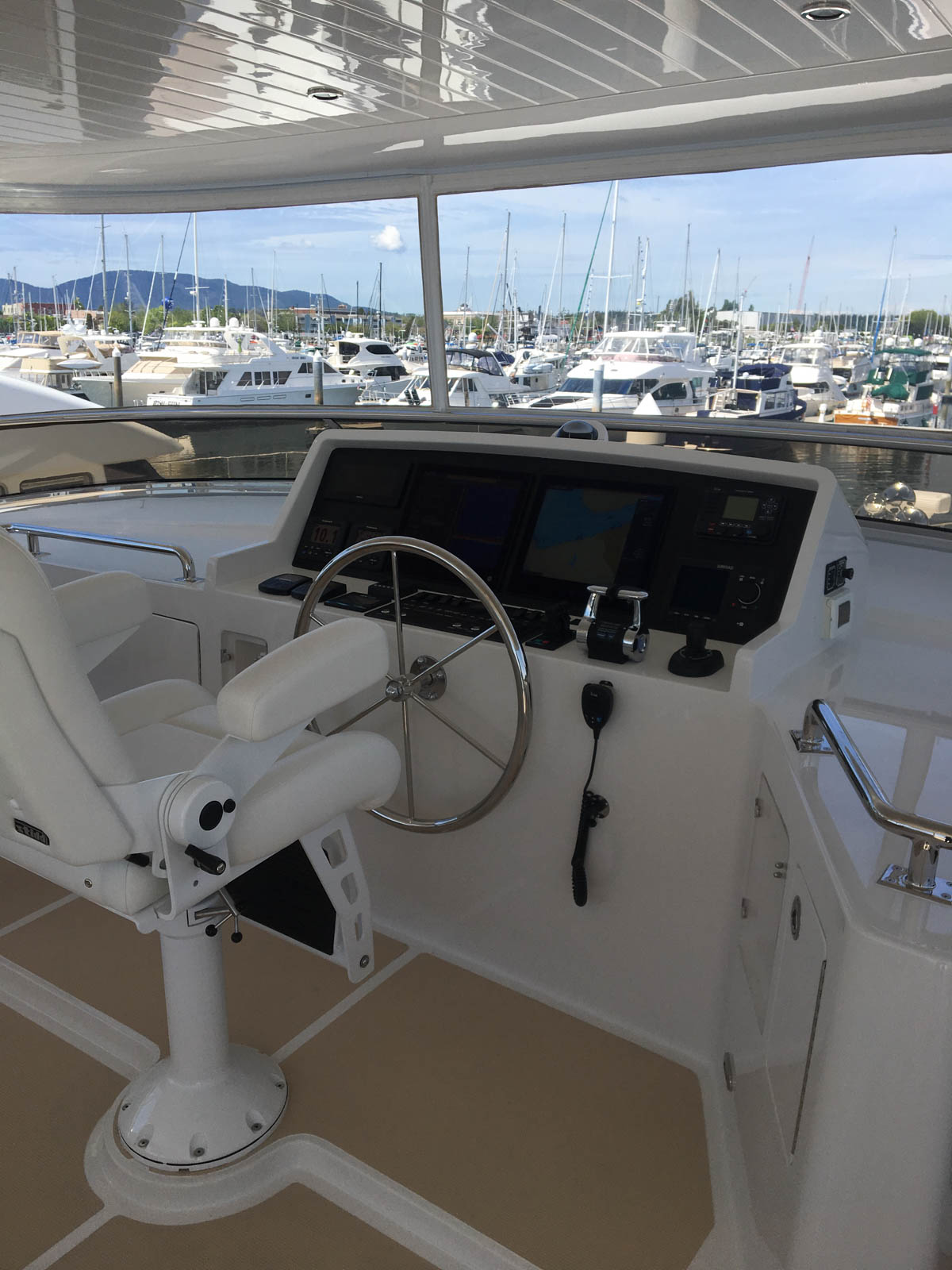The ABYC has created the standard for boat construction. As an ABYC electrical tech it is my job to make your boat safe and easy to use. I have ran into a lot of problems with poor installation of equipment, added wire should blend in, electrical panels should be neat and tidy. I have been very successful with the Blue Seas products. They make a wide range of AC and DC panels and fuse holders that can be dropped in to replace old confusing panels or to accommodate your new systems and leave room for things to be added later. If you are having a hard time understanding or using your electrical system let me know. I can help make it easy.
Shore power safety is a big concern, every year boats catch on fire mostly do to poor or overloaded shore power connections. Checking your shore power cord and plug is important if the end looks melted or burnt the cord or cord end, needs to be replaced. Use some dielectric grease on the ends it really helps keep the corrosion out. The shore power inlet on the boat should be inspected and replaced if it looks melted or burnt. At the dock call your marina manager and inform him of the same. It is his duty to provide you with good 110V or 250V power. The marina should have a program in place to check for stray current as well. Do not leave space heaters running on High Heat, use the low heat settings or use the small cabin dryers. Remember if you leave your hot water heater running in the winter time it will draw a big load when it comes on, the same goes for the battery charger. Managing the 30 amps available is important, leave some in the bank a 20 Amp draw is about as much as most systems can handle safely. Check the data plate for the how many watts the unit draws and use the simple formula below to figure out how many AMPS you are using at the dock.
WATTS divided by VOLTS = AMPS
Safe boating, Steve
















